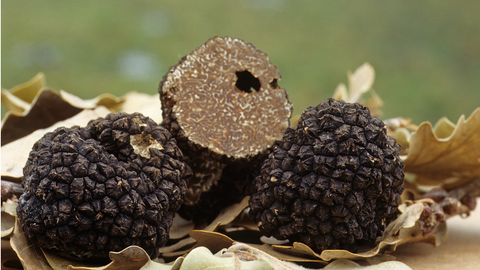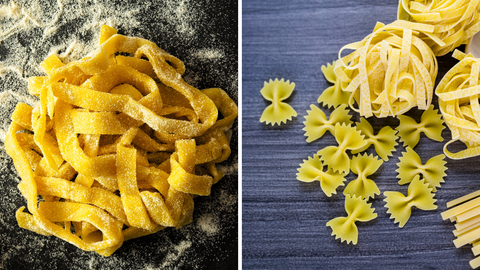Intense aroma, captivating flavor, and an air of mystique. These are just a few things that define truffles, the coveted fungi prized by haute cuisine chefs worldwide. This article delves into the fascinating world of truffles, exploring their history, varieties, and culinary uses, with a focus on their significance in Italian cuisine.
Beyond the Tuber: A Kingdom of Their Own
While often mistaken for tubers, truffles belong to the fungi kingdom. They form a symbiotic relationship with specific trees like oak, hazelnut, and poplar, drawing nutrients for growth.
1. The Art of the Truffle Hunt
Unearthing these treasures is an age-old art called truffling. Traditionally, trained truffle dogs with their exceptional sense of smell locate these hidden gems. Pigs were also once used, but their fondness for truffles themselves makes them less favored partners.
2. A History Steeped in Luxury
Truffles have graced tables since antiquity, with references dating back to Ancient Greece and Rome. Over time, their reputation as a symbol of luxury and refinement spread throughout Europe. Today, Italy reigns supreme in truffle production, with regions like Piedmont, Umbria, Tuscany, and Marche boasting the most prized varieties.
3. Kings and Queens of the Truffle World
Two undisputed stars of the truffle show are the white truffle (Tuber magnatum Pico) and the black truffle (Tuber melanosporum). Both highly sought-after, they boast unique characteristics that influence their flavor, aroma, and value.
- White Truffle: Renowned as the "king" of truffles, this variety is prized for its intense aroma and delicate flavor. Its scarcity and culinary value make it a true treasure.
- Black Truffle: Offering a more pronounced and lingering aroma, the black truffle offers greater versatility in the kitchen. It's more readily available than its white counterpart but remains highly valued.
The harvest season for these two truffles differs. White truffles are found from September to January, while black truffles are harvested between December and March, depending on the region.
4. Culinary Delights
Whether white or black, truffles require special handling to preserve their essence. Thinly sliced or grated, they elevate a variety of dishes, including:
- Truffled Butter Pasta: A simple yet elegant dish featuring melted butter and truffle shavings, allowing the truffle's flavor to shine.
- Truffle Risotto: Creamy risotto infused with broth, white wine, Parmigiano-Reggiano cheese, and grated truffle, creating a symphony of flavors.
- Beef Carpaccio with Truffles: Thinly sliced raw beef adorned with truffle shavings, extra virgin olive oil, salt, and pepper. This dish offers a delightful textural and flavor contrast.
- Truffle Fondue: A luxurious fondue made with Italian cheeses like Fontina and Gorgonzola, enriched with grated truffle. This decadent dish is perfect for dipping bread or steamed vegetables.
5. The Nutritional Powerhouse
Beyond their exquisite taste, truffles offer a surprising nutritional punch. They are rich in vitamins, minerals, and antioxidants, potentially contributing to overall health.
Truffles embody the essence of Made in Italy, revered and sought after globally. Their unique qualities and captivating flavor make them exceptional ambassadors of Italian gastronomy.
Safeguarding this precious resource requires ongoing efforts. Scientific research, truffle hunter training, and environmental protection are crucial aspects of ensuring the future of truffles and their role in Italian culture and economy.



